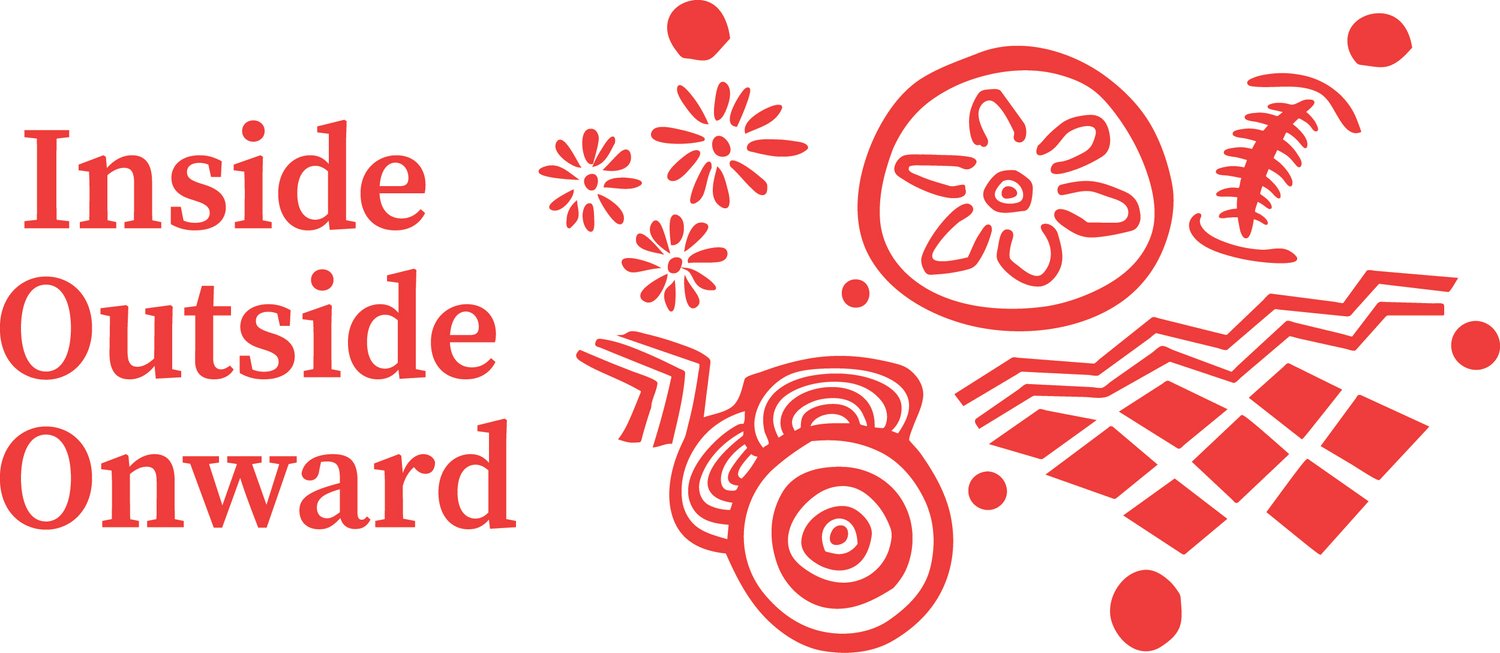
Project Details
Learning Design
Designing a Course to Pass on Senior Smarts to Developing Workers in a Multi-Billion Dollar Water Utility
The City of Calgary | Water Services

The Challenge
A wave of retirements for senior managers and operators
A wave of new hires moving into higher positions faster and with less knowledge
As the Water system grew, managers and operators from three key areas (Production, Distribution Control, Engineering) had become less familiar with each other and their roles in operations and emergency response
How best to begin passing senior knowledge to new hires as well as connecting people across the Water System?
The Solution
Learning Design Process
The Manager of Training and Development and other Water Services managers committed major time and resources to design and offer a world class course (the commitment to have 140 workers in training for two days was huge)
Using cognitive work analysis approaches, I worked with 3 learning experts from Production, Distribution Control and Water Engineering to identify key technical concepts but to also identify local knowledge and how it affects the other areas
Identified a large body of key technical knowledge for understanding the design and operations of the water system (so necessary as individuals moved faster into new roles)
The Learning Design
A modular approach to curriculum breaking the course into 6 modules taught across two days:
Module 1 An Overview of Calgary’s Water Distribution System
Module 2 System Design & Dynamics
Module 3 Calgary’s Pressure Zones
Course Quiz (required for Continuing Education Units for Certification)
Module 4 Key Operations, Events & Their Impacts
Module 5 Locating and Communicating System Data, Dynamics and Risks
Module 6 Analyzing Situations and Planning Action
Activity 6.3 Shut-Down Planning and Emergency Response
Focused on informal learning between new hires and senior workers as well as connecting individuals across the key areas – therefore we designed the class to have a diversity of participants and designed the course to have employees work together to solve operational case studies to grow informal learning as well as technical knowledge
Course participants were split into learning teams composed of members from each area as well senior operators/supervisors and new operators
Designed learning resources, presentation materials, a facilitation guide, and a standardized exam required for certification purposes
To support the three content experts and the training manager teaching the course, I (and my business partner) both co-taught the course to support the new instructors and to ensure adult learning principles were implemented
Outcomes
The two-day WATS 400 Course was held 5 times in the first year
140 participants credited for required Licensing Continuing Education Unit’s
Course certified/accepted by Alberta Environment
Participants from the three key areas became professionally and personally connected (so important for complex daily operations and emergency response)
The technical knowledge of new hires increased as measured by the standard exam
The participants rated the course the highest of any course to that date (as measured by Water’s Training and Development Course Evaluation system)
I designed a big picture cognitive model with the water experts. It helped scaffold understanding by course participants of Calgary’s complex water system and its daily and long-term dynamics.
The big picture model helped the learners fit the complexities of Calgary’s water system (such as Calgary’s pressure zones) into a larger mental model.


